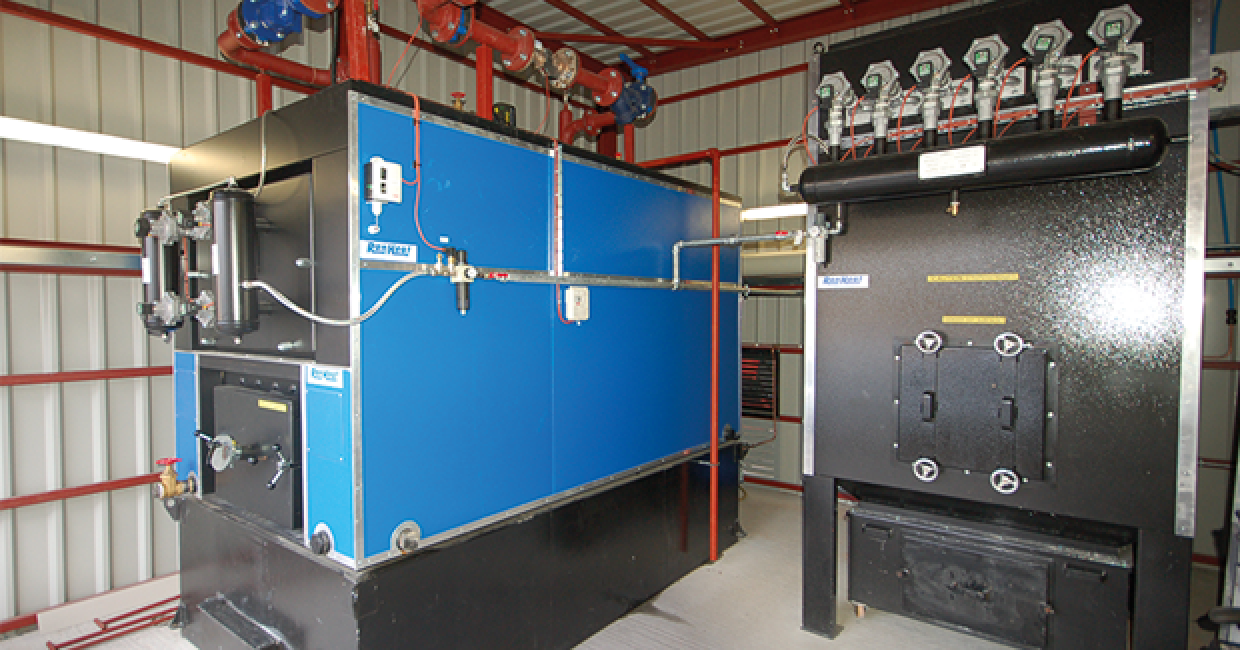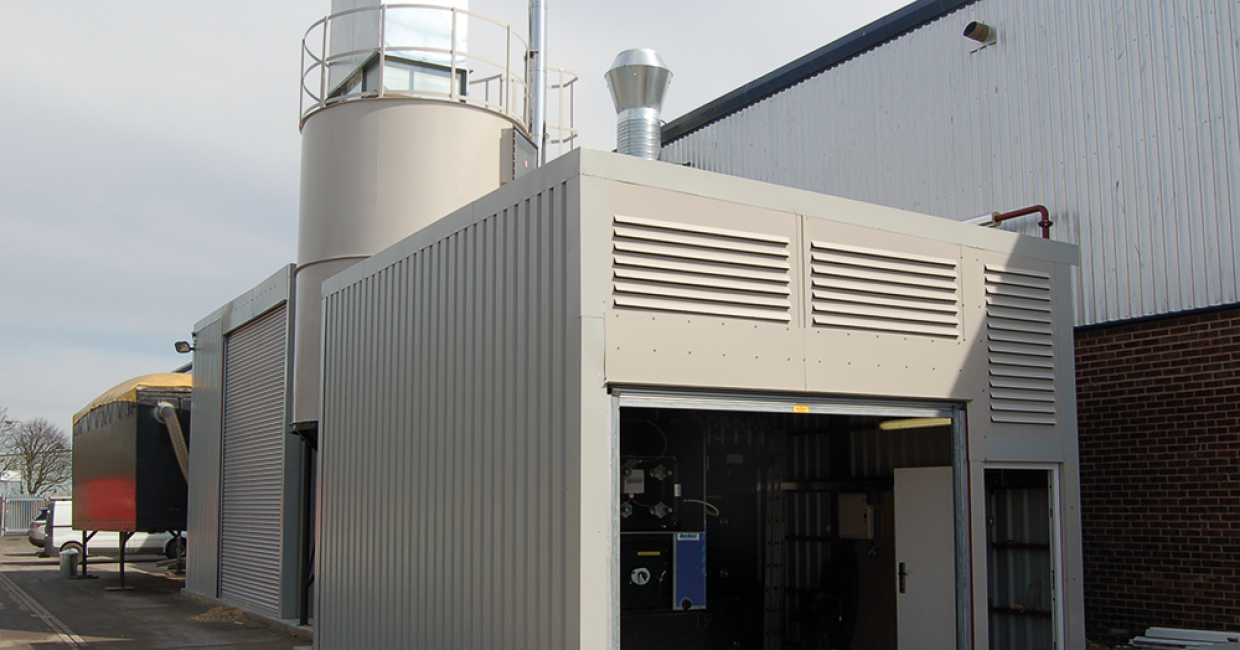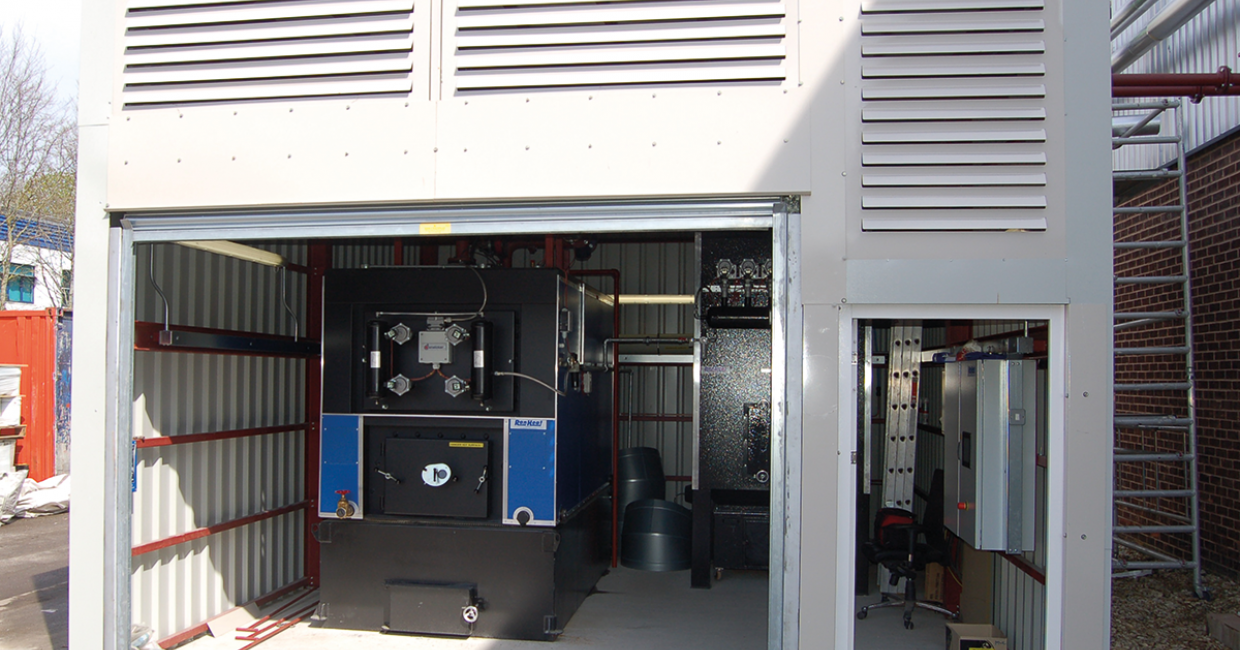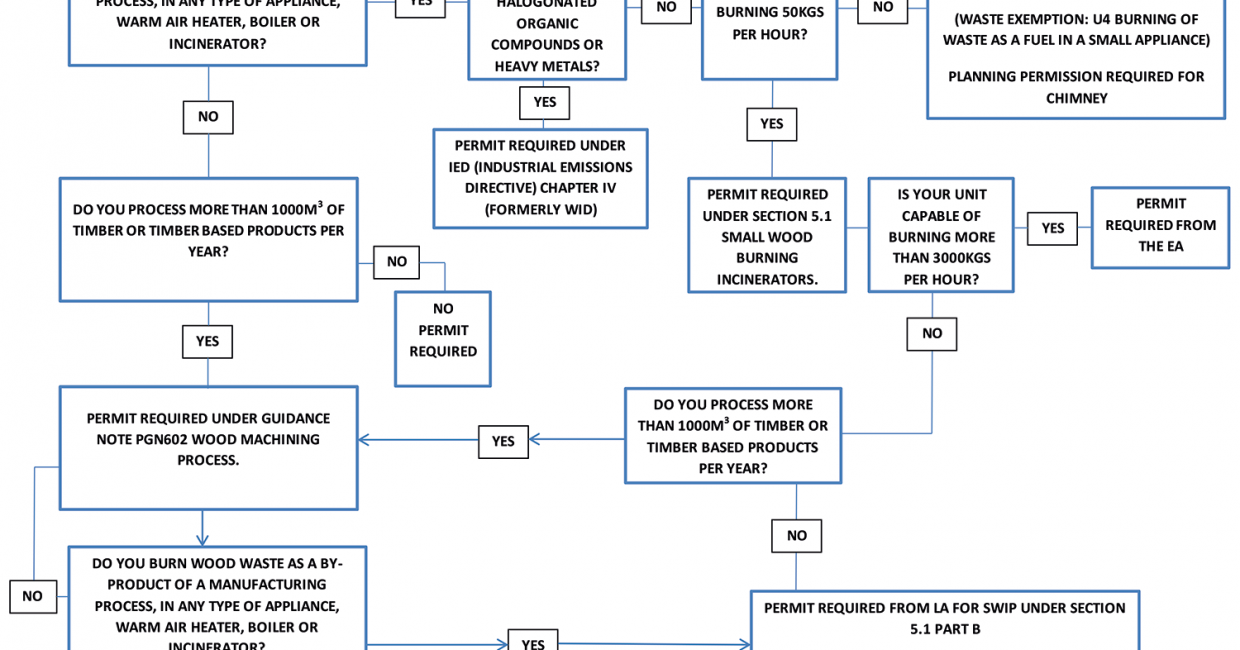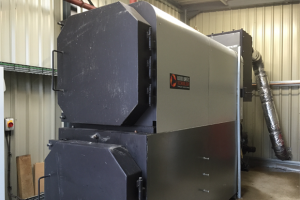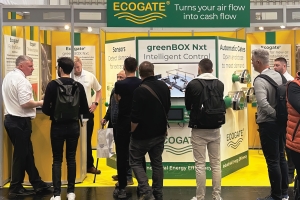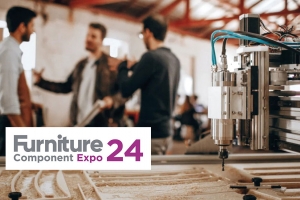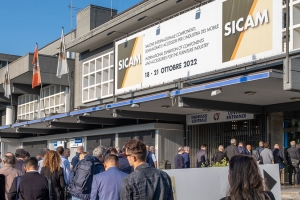Ranheat Engineering is well known as a leading provider of industrial wood waste/biomass-fired boilers, heaters and burners. In this article, the company’s Chris Franklin explains what users of wood burning equipment should be aware of in respect of permitting of all sizes of installations burning wood and also the specific requirements of being accepted onto the Renewable Heat Incentive.
Ranheat Engineering specialise in the design, manufacture, installation and servicing of wood-fired boiler systems, primarily for use in the woodworking industry.
In earlier years, projects have been driven by the huge financial savings over skips in the disposal of woodwaste particularly in fine dusts from man-made boards such as MDF and MFC to landfill.
Added to this was the free heat that wood-fired heating systems gave the owners, either as space heating but also as process heat, supplying replacement air for spray rooms drying tunnels etc.
In recent years the Government-led Renewable Heat Incentive (RHI) has been a massive incentive to the UK woodworking Industry to use its wood residues as a source of energy.
The Renewable Heat Incentive is applicable to boilers within the woodworking industry.
The permit flow chart explains what permits may be required by the local authority. Some of them may be in place, so will require a substantial change being registered with the regulator.
The bands that the RHI has are small biomass boilers (less than 200kW) medium Biomass boilers (200-1000kW) and large (over 1000kW).
The scheme is administered by OFGEM on behalf of DECC and the government. I have assumed at this stage that you will be looking at a boiler in the medium size range.
In simple terms the government pays a tariff to the owner of the equipment at an agreed rate per kW/hour for a period of 20 years from accreditation. This payment is index linked and rises each April in line with inflation. The current tier 1 tariff is 5.24p per kW/hour, for this size of boiler – medium biomass <1000kW.
The payment is divided into two tiers; the tier 1 units on a medium size boiler of say 980kW are calculated as a function of the rated output of the boiler, in this example 980kW. To calculate the tier 1 units is 980kW x 1314 = 1,287,720kW/hours.
Any units over this amount generated are paid at tier 2, currently 2.27p per kW/hour. If all of the tier 1 units are utilised then an income of £67,476.52 per year would be derived for a period of 20 years, index linked. The nett yield on woodwaste is 3200kW hours per tonne. If we look at 15 tonnes per week and working 50 weeks of the year then the nett energy to be produced would be 15 x 50 x 3200 = 2,4000,000kW hours.
If we assume you can have an eligible use for all of these units then you will have 1,112,280 at tier 2 = £30,031.56. Add this to the tier 1 units and you have a potential RHI income of circa £97,000 per 12 month period from the fuel available.
The payments made under the scheme are derived from the installation of a Class 2 heat meter or meters, as defined by OFGEM. The independent metering consultant will require additional heat meters to be fitted, for example on a conventional fuelled boiler (fossil fuel boiler) dissipater or other ineligible use.
The scheme is open to all business users subject to the rules laid down by European law with regards to De-Minimis state aid. There are other restrictions in cases where the business has received a separate grant under another scheme. As an example the RHI cannot be claimed as well as Enhanced Capital Allowance (ECA).
If you are going to use your own fuel you will need to register as a self-supplier on the BSL (Biomass Suppliers List). To register on the BSL you will need to show that you have a permit or an exemption from the EA (see permit flow chart). If supplying your own fuel you will have to demonstrate that 90% of what you burn is biomass (the glues and resins used are defined as fossil fuel derived contamination and must be less than 10% by energy content).
You may already have a permit under the guidance note PGN 602 for your timber manufacturing process. If you fall below the limits for PGN 602 then you will need a SWIP permit to show that you are registered to burn your waste.
If the boiler is capable of burning more than 90kg per hour then you will be permitted as a SWIP but will have to meet the emission limits as laid down in the guidance note PG1/12 (13).
The application for BSL and part B permits can take several months to process as can planning permission for the chimney and associated equipment. Chimney height approval from Environmental Health is also required, and will often be a condition of planning being granted.
Applicants for the RHI cannot submit an application until a BSL number has been issued.



